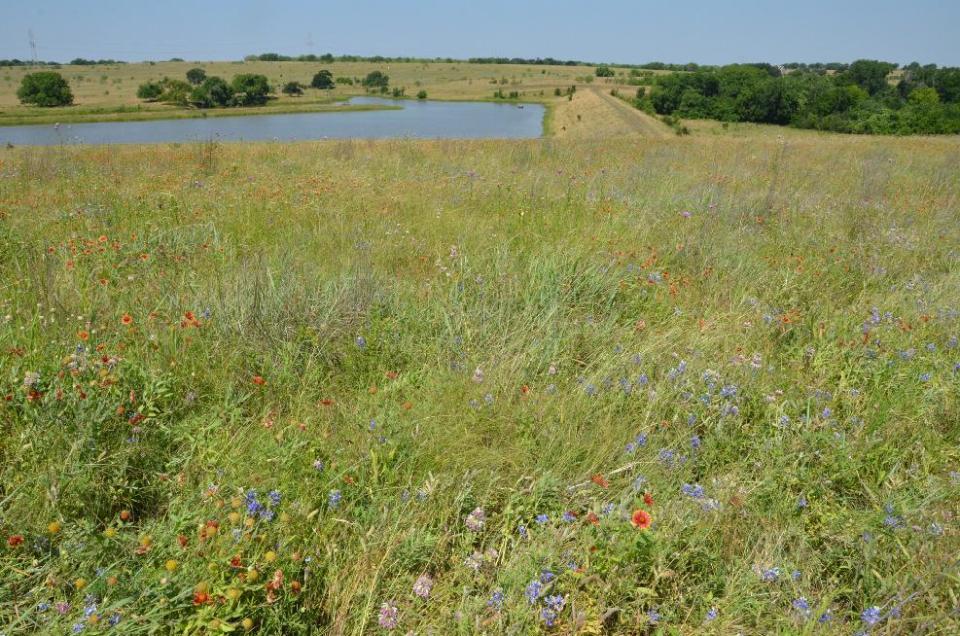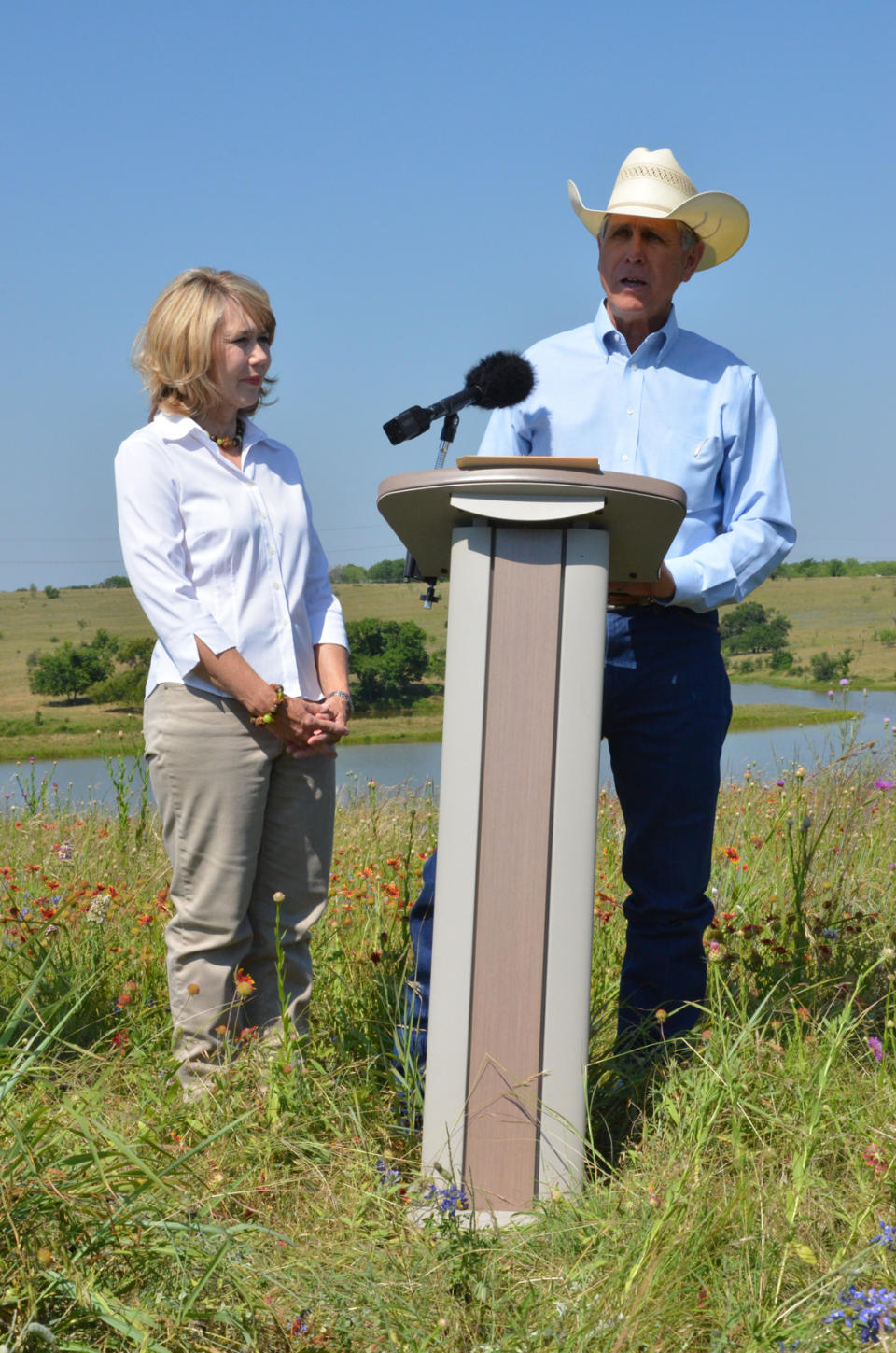Officials detail new water quality initiative
CORSICANA, Texas (AP) — A national water quality initiative will provide $2.8 million in funding to farmers, ranchers and timberland owners along a major watershed of the Trinity River Basin to encourage conservation practices that will have a positive impact on Texas' rivers, lakes and streams.
The new plan from the U.S. Department of Agriculture's Natural Resources Conservation Service is voluntary, though federal, state and local soil and water conservationists said Thursday it's critical. The Trinity River Basin is the most populated river basin in the state and provides water for more than 40 percent of Texas' population — nearly 8 million people.
"By working together, we're going to see cleaner water," the service's State Conservationist Salvador Salinas said. He visited a cattle ranch near Corsicana that is seen as a model of stewardship and conservation.
The agency's proposed practices include better ways of dealing with fertilizers and pesticides and encouraging prescribed grazing, field borders, cover crops and reduced tillage to lessen erosion.
Another proposed suggestion to help stop erosion and increase the amount of clean rainwater that runs off into rivers and lakes calls for restoring native grasslands in rural watershed areas.
"When you boil it down, it's all about water and grass," said rancher Gary Price, as he stood in his pasture's knee-high grass Thursday. "I can't make it rain, but there are things I can do to keep water on the land."
If and when rain falls on Price's 20,000-acre ranch on the targeted watershed, the deep-rooted native grasses absorb it and can recharge underground aquifers instead of hitting bare soil, which adds more runoff mud and silt into the flood-control pond. Price said he rotates where his cattle graze to give the grasslands time to recover.
Last year, when 20 of his water tanks ran dry during the drought, Price said he didn't know how he would survive. But the mild winter and conservation efforts already in place allowed his livestock and land to not only pull through but also thrive.
Price credits the National Resources Conservation Service with helping him gain the technical expertise and conservation tips needed to do that.
His wife, Sue Price, paraphrased the agency's motto — "helping people help the land" — in expressing her gratitude: "Thank you for helping us, help the land."
Gary Price, whose 77 Ranch received the Texas and Southwestern Cattle Raisers Association's Outstanding Rangeland Stewardship award for 2012, said he plans to apply for the new initiative funding to help him continue his efforts. The application deadline is June 15.
The Natural Resources Conservation Service plan covers 152,309 acres of seven sub-watersheds, known collectively as the Chambers Creek Watershed. It was targeted because of the high levels of sediments, chemicals and other pollutants.
"This is not going to be a quick process to correct this issue but you've got to start somewhere," said Darrel Andrews, Tarrant Regional Water District's assistant director, environmental division. "I don't underestimate the impact that a project like this can have on the generations to come."
The Chambers Creek Watershed is a sub-watershed of the Trinity River Basin, whose headwaters begin north of Dallas-Fort Worth and run south through Houston and into the Galveston Bay outlet.
Andrews said most people don't make the connection between the area's watersheds and the water they use daily to drink or brush their teeth. Most think of the lakes as only a place to launch personal watercraft or fish for largemouth bass, he said.
"There's a real disconnect," Andrews said. "This effort, in the end, it's about education."



